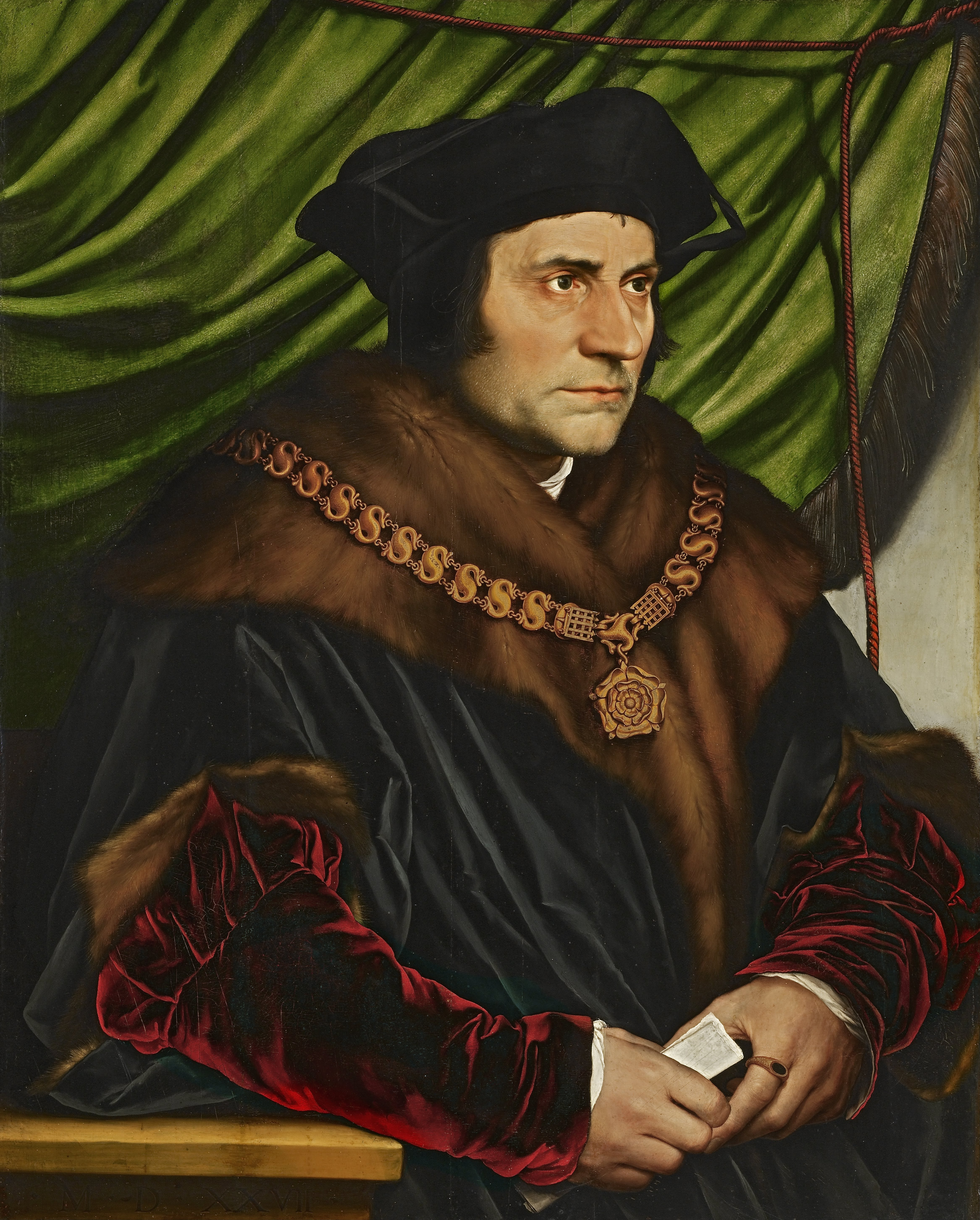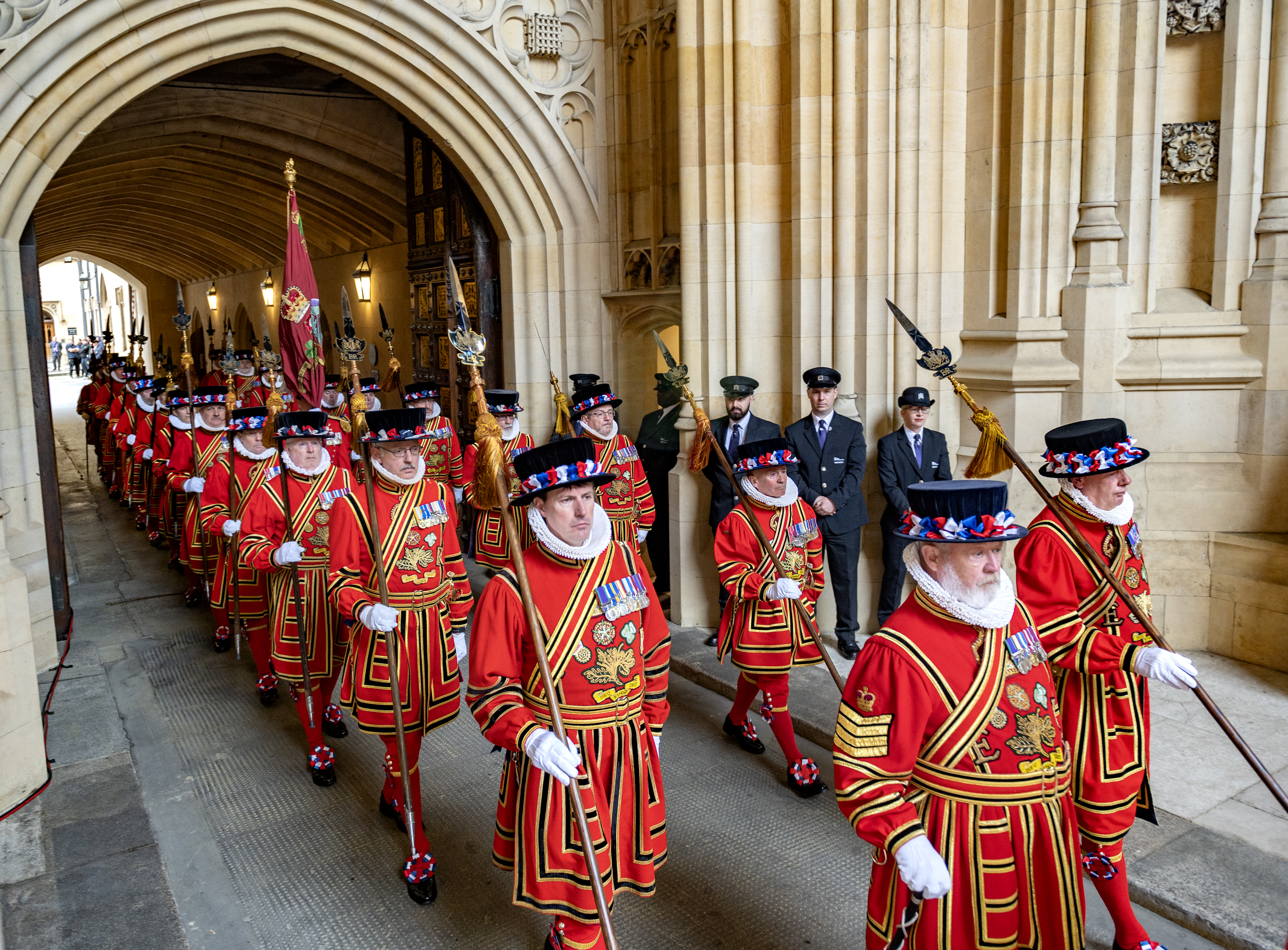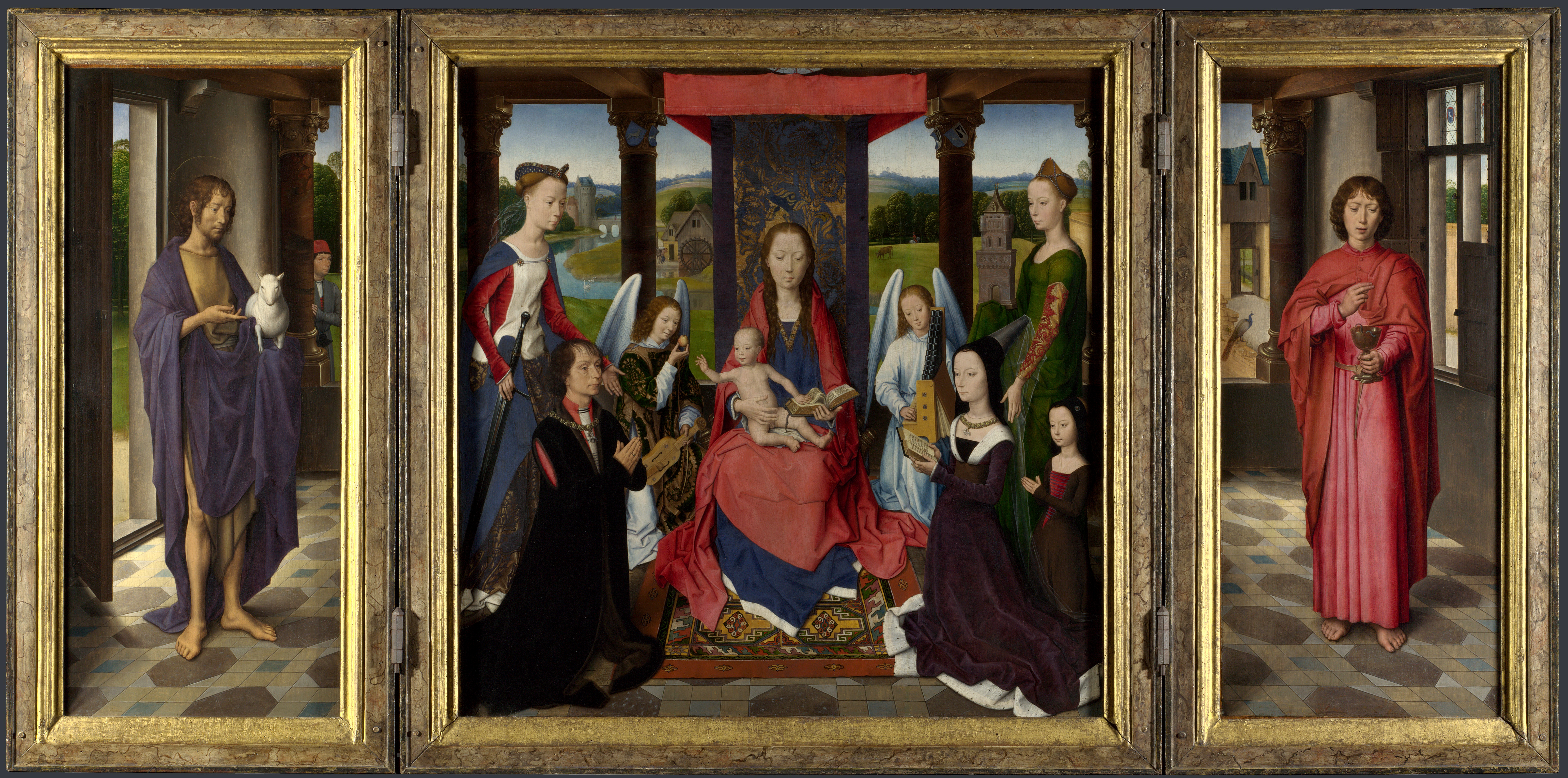|
Livery
A livery is an identifying design, such as a uniform, ornament, symbol or insignia that designates ownership or affiliation, often found on an individual or vehicle. Livery will often have elements of the heraldry relating to the individual or corporate body feature in the livery. Alternatively, some kind of a personal emblem or badge, or a distinctive colour, is featured. The word itself derives from the French ''livrée'', meaning ''dispensed, handed over''. Most often it would indicate that the wearer of the livery was a servant, dependant, follower or friend of the owner of the livery, or, in the case of objects, that the object belonged to them. In the late medieval phenomenon of bastard feudalism, livery badges worn by the "retainers" of great lords, sometimes in effect private armies, became a great political concern in England. Etymology "In the ''Black'' Book of 1483, it was laid down that each person should receive "... for his Livery at night, half a chet loaf, o ... [...More Info...] [...Related Items...] OR: [Wikipedia] [Google] [Baidu] |
Livery Collar
A livery collar or chain of office is a collar or heavy chain, usually of gold, worn as insignia of office or a mark of fealty or other association in Europe from the Middle Ages onwards. One of the oldest and best-known livery collars is the Collar of Esses, which has been in continuous use in England since the 14th century. History Origins Various forms of livery were used in the Middle Ages to denote attachment to a great person by friends, servants, and political supporters. The collar, usually of precious metal, was the grandest form of these, usually given by the person the livery denoted to his closest or most important associates, but should not, in the early period, be seen as separate from the wider phenomenon of livery badges, clothes and other forms. From the collar hung a badge or device indicating the person the livery related to; the most important part of the ensemble for contemporaries. Equally gold collars that had no livery connotations were worn. Liv ... [...More Info...] [...Related Items...] OR: [Wikipedia] [Google] [Baidu] |
Heraldic Badge
A heraldic badge, emblem, impresa, device, or personal device worn as a badge indicates allegiance to, or the property of, an individual, family or corporate body. Medieval forms are usually called a livery badge, and also a cognizance. They are para-heraldic, not necessarily using elements from the coat of arms of the person or family they represent, though many do, often taking the crest or supporters. Their use is more flexible than that of arms proper. Badges worn on clothing were common in the late Middle Ages, particularly in England. They could be made of base metal, cloth or other materials and worn on the clothing of the followers of the person in question; grander forms would be worn by important persons, with the Dunstable Swan Jewel in enamelled gold a rare survivor. Livery collars were also given to important persons, often with the badge as a pendant. The badge would also be embroidered or appliqued on standards, horse trappings, livery uniforms, and other belongi ... [...More Info...] [...Related Items...] OR: [Wikipedia] [Google] [Baidu] |
Yeomen Of The Guard
The King's Body Guard of the Yeomen of the Guard is a bodyguard of the British monarch. The oldest British military corps still in existence, it was created by King Henry VII in 1485 after the Battle of Bosworth Field. History The kings of England always had bodyguards surrounding them. The Anglo-Saxon kings had their house guards, and the Danish kings their housecarls. By the 13th century, the Anglo-Norman kings had three groups specifically ordered to protect them: (1) the royal household sergeants-at-arms; (2) the king's foot archers (also known as the Yeomen of the Crown); and (3) the esquires of the royal household. The actual number of archers varied over the course of the 14th-15th centuries. In 1318, a Household Ordinance (the King's Proclamation containing the yearly budget for his royal household) specified that the number of archers should be 24. Edward III had between 16 and 22 yeomen, Richard II recruited an additional 300 archers from Cheshire, Edward IV ... [...More Info...] [...Related Items...] OR: [Wikipedia] [Google] [Baidu] |
Breeches
Breeches ( ) are an article of clothing covering the body from the waist down, with separate coverings for each leg, usually stopping just below the knee, though in some cases reaching to the ankles. Formerly a standard item of Western men's clothing, they had fallen out of use by the mid-19th century in favour of trousers. Modern athletic garments used for English riding and fencing, although called ''breeches'' or ''britches'', differ from breeches. Etymology ''Breeches'' is a double plural known since c. 1205, from Old English , the plural of "garment for the legs and trunk", from the Indo-European root *bhrg- "break", here apparently used in the sense "divide", "separate", as in Scottish Gaelic briogais ("trousers"), in Breton bragoù ("pants"), in Irish bríste ("trousers") and brycan/brogau in Welsh. Cognate with the Proto-Germanic word ''*brōk-'', plural ''*brōkiz'', itself most likely from the Proto-Indo-European root; whence also the Old Norse word , which s ... [...More Info...] [...Related Items...] OR: [Wikipedia] [Google] [Baidu] |
Footmen
A footman is a male domestic worker employed mainly to wait at table or attend a coach or carriage. Etymology Originally in the 14th century a footman denoted a soldier or any pedestrian, later it indicated a foot servant. A running footman delivered messages.The Concise Oxford Dictionary, He might run beside or behind the carriages of aristocrats, running alongside the coach to make sure it was not overturned by such obstacles as ditches or tree roots. A footman might also run ahead to the destination to prepare for his lord's arrival. Roles The name was applied to a household servant who waited at table and attended, rode on, his employer's coach or carriage in case of untoward incidents. The ''first footman'' was the designation given to the highest-ranking servant of this class in a given household. The first footman would serve as deputy butler and act as butler in the latter's absence, although some larger houses also had an under-butler above the first footman. In a la ... [...More Info...] [...Related Items...] OR: [Wikipedia] [Google] [Baidu] |
Bastard Feudalism
"Bastard feudalism" is a somewhat controversial term invented by 19th century historians to characterise the form feudalism took in the Late Middle Ages, primarily in England in the Late Middle Ages. Its distinctive feature is that middle-ranking figures rendered military, political, legal, or domestic service in return for money, office, or influence. As a result, the gentry began to think of themselves as the men of their lord rather than of the king. Individually, they are known as retainers, and collectively as the " affinity" of the lord, among other terms. History and historiography The historian Charles Plummer coined the term "bastard feudalism" in 1885. Plummer blamed bastard feudalism for the disorder and instability of the Wars of the Roses in the fifteenth century. However, "bastard feudalism" as a concept is primarily associated with Plummer's contemporary William Stubbs (1825–1901). According to Stubbs, a shift in English history took place under Edward ... [...More Info...] [...Related Items...] OR: [Wikipedia] [Google] [Baidu] |
Footman
A footman is a male domestic worker employed mainly to wait at table or attend a coach or carriage. Etymology Originally in the 14th century a footman denoted a soldier or any pedestrian, later it indicated a foot servant. A running footman delivered messages.The Concise Oxford Dictionary, He might run beside or behind the carriages of aristocrats, running alongside the coach to make sure it was not overturned by such obstacles as ditches or tree roots. A footman might also run ahead to the destination to prepare for his lord's arrival. Roles The name was applied to a household servant who waited at table and attended, rode on, his employer's coach or carriage in case of untoward incidents. The ''first footman'' was the designation given to the highest-ranking servant of this class in a given household. The first footman would serve as deputy butler and act as butler in the latter's absence, although some larger houses also had an under-butler above the first footman. In a la ... [...More Info...] [...Related Items...] OR: [Wikipedia] [Google] [Baidu] |
Sir John Donne
Sir John Donne (c.1420s – January 1503) was a Welsh courtier, diplomat and soldier, a notable figure of the Yorkist party. In the 1470s he commissioned the ''Donne Triptych'', a triptych altarpiece by Hans Memling now in the National Gallery, London. It contains portraits of him, his wife Elizabeth and a daughter. He may well have been related to the Jacobean poet John Donne, although not as a direct ancestor, as he had no Donne grandchildren. Family and early career The Donnes of Kidwelly, Carmarthenshire, were a distinguished family ("Dwnn" in Welsh). His father Griffith (Gruffydd) reputedly fought at the Battle of Agincourt in 1415 and certainly in many other French campaigns; he was Lieutenant of Cherbourg in 1424. His mother was Joan Scudamore, a grandchild of Owain Glyndŵr, the last independent Prince of Wales, who disappeared into hiding in 1412. John Donne was born in France, "in parts of Picardy", probably in the 1420s. Donne was their third son who entered, ... [...More Info...] [...Related Items...] OR: [Wikipedia] [Google] [Baidu] |
Bespoke
The word ''bespoke'' () has evolved from a verb meaning 'to speak for something', to its contemporary usage as an adjective. Originally, the adjective ''bespoke'' described tailor-made suits and shoes. Later, it described anything commissioned to a particular specification (altered or tailored to the customs, tastes, or usage of an individual purchaser). In contemporary usage, ''bespoke'' has become a general marketing and branding concept implying exclusivity and limited runs. Origin ''Bespoke'' is derived from the verb ''bespeak'', meaning to "speak for something". The particular meaning of the verb form is first cited from 1583 and given in the ''Oxford English Dictionary'': "to speak for, to arrange for, engage beforehand: to 'order' (goods)." The adjective "bespoken" means "ordered, commissioned, arranged for" and is first cited from 1607. According to ''Collins English Dictionary'', the term was generally British English in 2008. American English more commonly uses the wo ... [...More Info...] [...Related Items...] OR: [Wikipedia] [Google] [Baidu] |
Coat (clothing)
A coat typically is an outer garment for the upper body as worn by either gender for warmth or fashion. Coats typically have long sleeves and are open down the front and closing by means of buttons, zippers, hook-and-loop fasteners, toggles, a belt, or a combination of some of these. Other possible features include collars, shoulder straps and hoods. Etymology ''Coat'' is one of the earliest clothing category words in English, attested as far back as the early Middle Ages. (''See also'' Clothing terminology.) The Oxford English Dictionary traces ''coat'' in its modern meaning to c. 1300, when it was written ''cote'' or ''cotte''. The word coat stems from Old French and then Latin ''cottus.'' It originates from the Proto-Indo-European word for woolen clothes. An early use of ''coat'' in English is coat of mail (chainmail), a tunic-like garment of metal rings, usually knee- or mid-calf length. History The origins of the Western-style coat can be traced to the sleeved ... [...More Info...] [...Related Items...] OR: [Wikipedia] [Google] [Baidu] |
Pages Of Honour
A Page of Honour is a ceremonial position in the Royal Household of the Sovereign of the United Kingdom. It requires attendance on state occasions, but does not now involve the daily duties which were once attached to the office of page. The only physical activity involved is usually carrying the long train of the Queen's robes. While a page is a comparatively low-ranking servant, a Page of Honour is a distinguished position. It is usually a distinction granted to teenage sons of members of the nobility and gentry, and especially of senior members of the Royal Household. Pages of Honour participate in major ceremonies involving the British monarch, including coronations and the State Opening of Parliament. Livery Pages of Honour in England wear a scarlet frock coat with gold trimmings, a white satin waistcoat, white breeches and hose, white gloves, black buckled shoes and a lace cravat and ruffles. A sword is also worn with the outfit and a feathered three-cornered hat is p ... [...More Info...] [...Related Items...] OR: [Wikipedia] [Google] [Baidu] |


.jpg)



